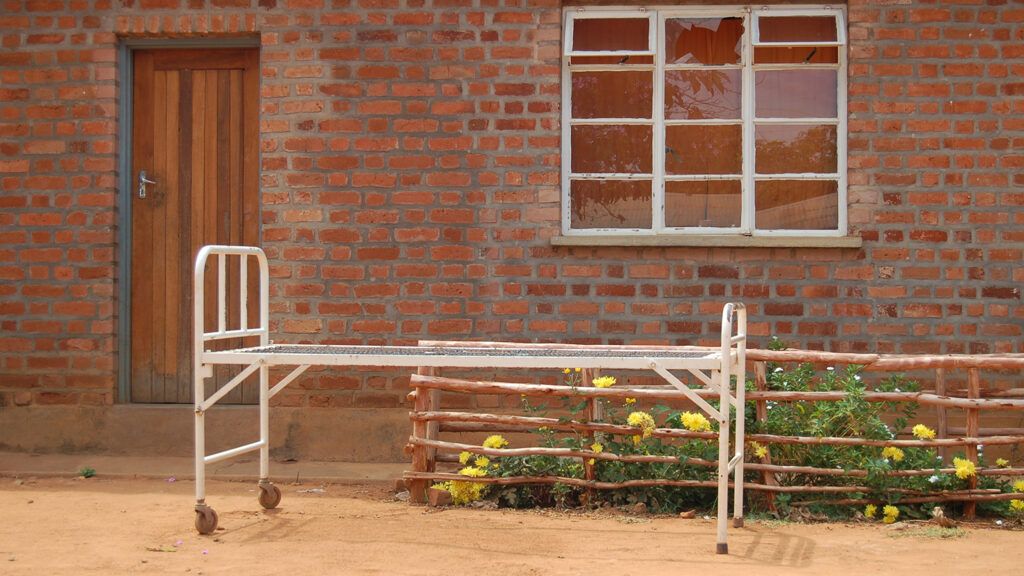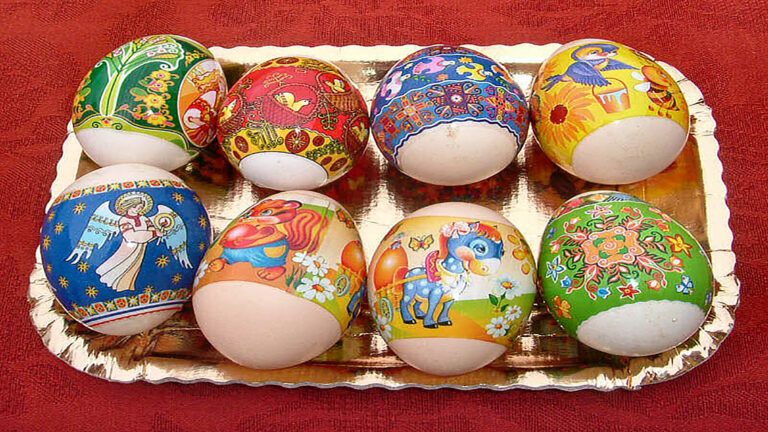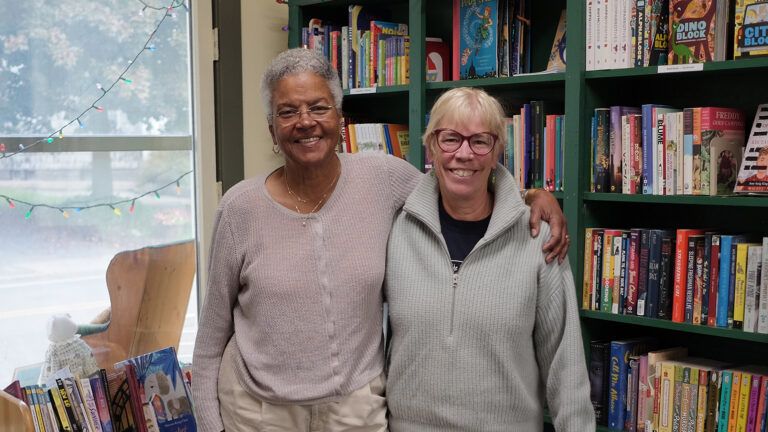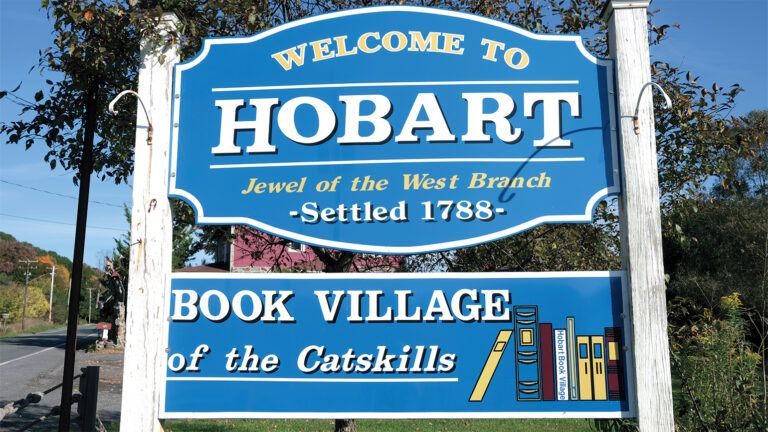Two little children in Calcutta, India, a teeming city of millions, most of them poor. Urchins, they would have been called in a Dickens novel. The boy maybe eight, the girl 12 or so. They might have been brother and sister. I don’t know.
They tugged at my jacket as I walked down a packed street. “Sir, sir, spare some money?” the girl asked. I tried to move on. Because of the crushing poverty, begging was practically an industry in Calcutta. It was 1988. I was 24, a struggling artist just out of Brooklyn’s Pratt Institute. Like generations of young people before me, I traveled to India in search of something vaguely spiritual. I just wasn’t sure what.
The kids persisted. The boy thrust up his fingers. “Please, sir,” he said. His fingers were mangled stubs. The girl held her hands up too. They were the same. I wasn’t shocked. This was standard begging strategy, and I couldn’t give what I didn’t have.
“We’re lepers,” the girl cried. I didn’t know whether to believe them. I quickened my step. So did they. What did they want from me? I was just a scraggly young American with a backpack. There were many more prosperous-looking tourists all around. “Come and see where we go for lunch,” the boy said, keeping up.
I thought about how I must look to them. A fairly clean pair of jeans and a backpack must’ve seemed so affluent. “Okay,” I said, not sure why. Maybe my conscience had something to do with it. How could I turn them away?
They led me down a back street to a drab stucco building. The girl reached up and pulled on a bell. The door opened. A nun appeared. “Welcome,” she said. From within I heard voices—children’s voices. I was led into a room lined with about 20 cots. “This is our orphanage,” said a nun. “Some, like these two, just eat here.” Maybe it was the look on my face that said I was losing my heart to these kids. “Let me take you to meet the sister who runs our place,” the nun said.
She showed me to an unadorned room off the main quarters. It was empty, save for a plain wooden table, two chairs, a bare lightbulb hanging over the table and a curtain for a door. One of the walls was inscribed with a prayer by St. Francis. A moment passed. I studied the prayer. There was nothing else to do. A nun wearing a white head shawl bordered in blue finally stepped through the curtain. She was short and energetic with a remarkable aura about her. “I’m Mother Teresa,” she said.
I’d never heard of her. But I could see she was smart and charismatic. She drew me right in. I’d come to India to travel and soak up its culture until my money ran out. So I was shocked to hear myself say, “Could I stay here and help you?”
Mother Teresa looked at me appraisingly, then spoke. “Are you a doctor?” she asked, almost sharply. “A nurse? A psychologist? Do you have any medical training?”
“No,” I said.
“Then how can you help us?”
How could I argue with this tiny nun? All I had to offer was my middle-class American sympathy. What they needed were doctors and medicine and therapy, not pity. I’m sure I looked crestfallen. Mother Teresa spoke in a soft tone. “We can use you in Kali temple,” she said. It was a home for the dying, she explained, that she’d established in a Hindu temple in a poor district of Calcutta. “The only skills you need there are gentleness and patience.” I stayed in the old temple for about a month, caring for those in the last days of life. I washed and fed them, and sat and talked with those who could speak.
“I used to be a schoolteacher,” said one. “I was a government worker,” said another. They spoke with honesty and with poignancy—mostly about how they had entered adulthood hoping to better their lives and the lives of their families. “But I had so little money,” said the schoolteacher. “The lack of opportunity just beats you down,” the government worker said. Remorse and sadness seemed to shroud them. Each day some would die and others would walk through the door and take their place. Each day I would ask myself, Is this what I sought when I came to India?
At night I retreated to my room. With my money dwindling, without knowing anyone, there was little to do but sit and think. Here I was just starting out and I was spending my time with people at the end of their lives. The work was hard, but it spoke to me. One thing I knew: When I returned to the comforts of home, India would never be far from my mind.
Broke, I headed back to the States and settled into an artist’s loft in Jersey City, doing sculpture and helping other, better-known artists with their large installations. Nights, though, it wasn’t just my art I was thinking about. The images of the kids, of those dying people, of Mother Teresa, played in my head. Art is meant to be inspiring. But I didn’t see how my talent would better the life of any of those I’d left behind in India. If I would’ve thought to pray I would have pleaded for guidance.
I didn’t need to. One day I was rummaging through an abandoned storage space on the floor beneath my studio loft. I was searching for odds and ends I might use for a sculpture I was working on—a series of wooden panels with everyday objects. I spotted an old frame buried in a pile of junk. I yanked it out. It was a painting—a portrait. I recognized the man in the picture: Ossie Clark, a well-known designer from the 1960s. But more important, I recognized the style of the artist and the signature in the bottom right-hand corner: DH. It was a long-lost work by David Hockney, one of the most important artists of the latter half of the 20th century!
I took it to Sotheby’s, the famous art auction house. The appraiser offered me $18,000, more money than I’d ever had at one time. Friends asked what I was going to do with it. Move to a bigger studio? Be free to create more art? The odd thing was, I knew instantly. I packed a bag and flew to see Mother Teresa. Again I stood in the orphanage, in that same barren room. She walked through the curtain exuding that same energetic strength.
“Mother Teresa,” I said, “I’ve come back.” I explained the circumstances of my return.
She studied me carefully. “So many young people like you cluster in the cities. You should go to a rural area, where there are so few volunteers and so much need. The Lord will show you.”
The train took 10-and-a-half hours to get to Orissa, the poorest state in India. I stopped at a destitute village named Juanga. I sat under a shade tree where villagers gathered and, with the help of an interpreter, asked what they needed. “Doctors,” said one. “Medicine,” said another. “People die because there are no pharmacies.”
There, under the tree, the answer came to me, as if this Lord Mother Teresa spoke about had whispered in my ear: Build them a hospital. And staff it.
It took three years, all of my seed money plus a ton of fundraising and the sweat of a lot of locals, but in 1996 we opened a 30-bed hospital with round-the-clock physician care. The day we opened, everyone in Juanga and the surrounding villages came. Some had stitched a huge net of lotus flowers and jasmine, and draped it over the building. That first month, we treated more than a thousand people, many who had never been to a doctor. “You don’t know how much this means,” a farmer, whose wife had been bedridden for months for want of penicillin, said.
I returned home and established Citta (Sanskrit for “compassionate mind”), a charitable organization that provides assistance to destitute communities around the world. We’ve opened hospitals, schools, women’s centers and orphanages in rural India, Nepal and Mexico. Today, I spend much time traveling between them and back to the States.
I started out an artist. I still am in a sense. Like great art, helping others inspires. It empowers both the giver and the receiver and appeals to a deep human beauty. Compassion, I learned from Mother Teresa, illuminates the soul. It may be the greatest art of all.




